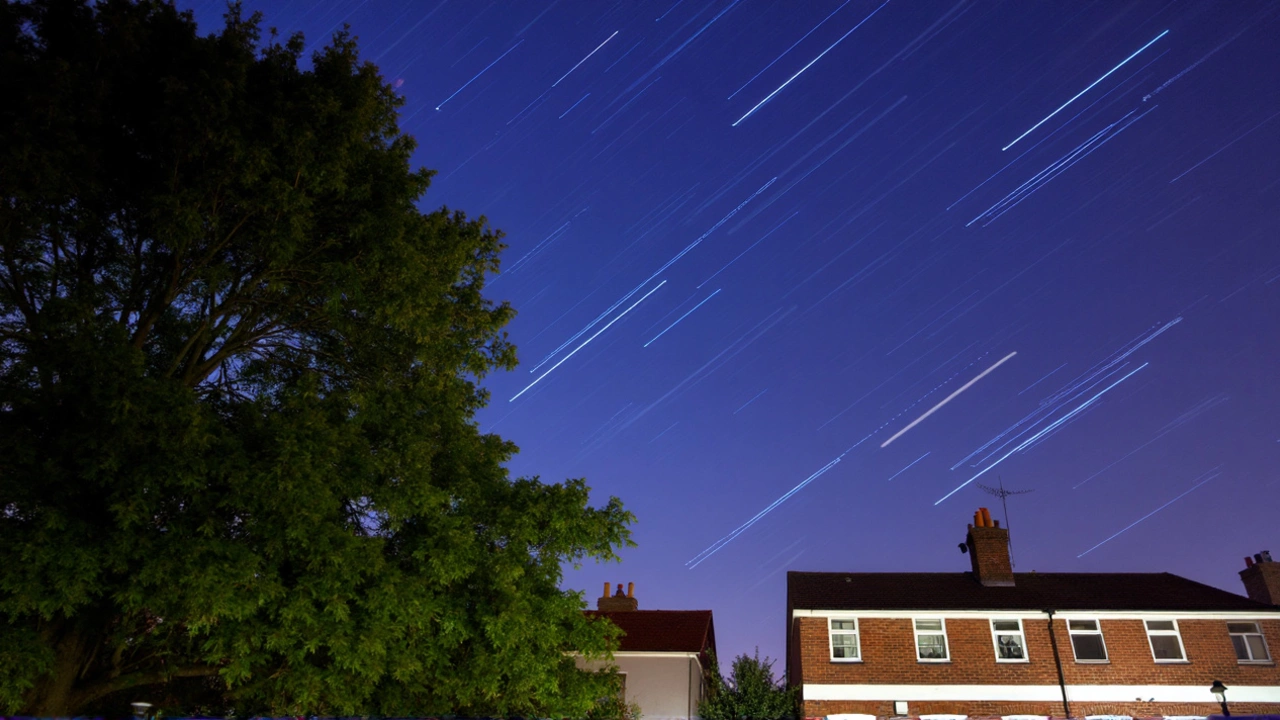Meteor Viewing Tips: Spot Shooting Stars Tonight
If you love looking up at the night sky, meteor viewing is one of the easiest ways to get a thrill. You don’t need a fancy telescope – just a clear night, a good spot, and a bit of patience. Below are the basics that turn a casual glance into a memorable show.
When to Watch
First thing: check the calendar. Most meteor showers peak on a specific night or a short window of a few days. The Perseids in August, Geminids in December, and the Quadrantids in January are the big ones. A quick Google search for "meteor shower calendar 2025" will give you exact dates. Aim for the pre‑dawn hours – about an hour before sunrise – because the sky is darker and the Earth’s rotation sweeps more meteors into view.
Don’t forget the moon phase. A bright moon washes out faint meteors, so a new moon or crescent moon night is ideal. If the moon is full, try to find a direction opposite it for a darker patch of sky.
Gear and Comfort
Leave the high‑tech gear at home. The best tool is simply a comfortable chair or a blanket you can lie on. A reclining lawn chair lets you keep your eyes relaxed and your neck supported. Dress in layers – nights can get chilly even in summer.
If you want a tiny boost, bring a red‑light flashlight. Red light preserves night vision better than white light. Some people use a simple star chart or a phone app set to red mode to locate the radiant – the point in the sky where the meteors appear to come from. That helps you aim your eyes without turning your whole field bright.
Patience is key. Give your eyes about 20‑30 minutes to adjust to the darkness. Then sit back, look up, and let your mind wander. Most showers deliver 10‑30 meteors per hour, but the bright “fireballs” can be rarer – those are the moments you’ll remember.
If you’re in a city, try to get out of the glow. Even a short drive to a park or a countryside field can cut light pollution dramatically. Use online light‑pollution maps to find the darkest spot within a reasonable distance.
Take notes or a quick photo if you catch a really bright streak. Phone cameras can capture fireballs if you set a high ISO and a long exposure, but don’t rely on them – the real magic is watching live.
Finally, share the experience. Invite a friend, bring some hot chocolate, and turn meteor watching into a mini‑event. Talking about the streaks you see makes the night more fun and helps you remember the best moments.
With these simple steps – timing the peak, picking a dark site, staying comfortable, and giving your eyes a chance – you’ll get the most out of any meteor shower. So next time the calendar marks a peak, grab a blanket, find a quiet spot, and look up. The sky is ready to put on a show.

The 2025 Lyrid meteor shower peaks on April 21–22, delivering up to 15 meteors per hour mainly in the Northern Hemisphere. With minimal moonlight and the added chance of fireballs, this is a perfect weekend for skywatchers. Observers in dark areas away from city lights will get the clearest view.
Continue Reading





